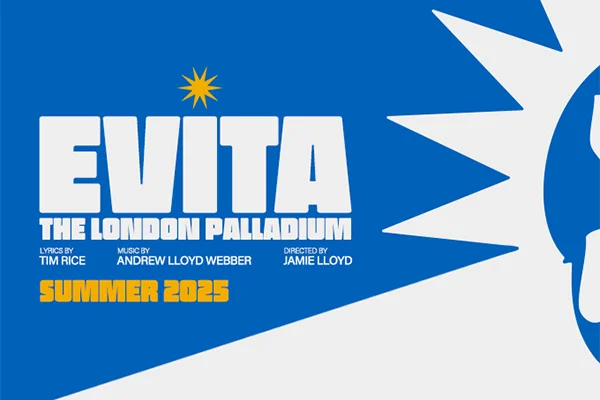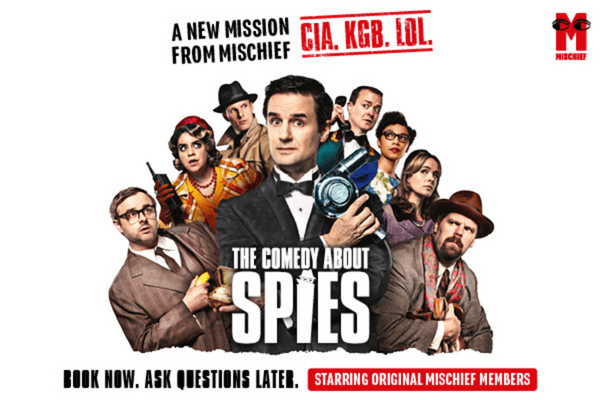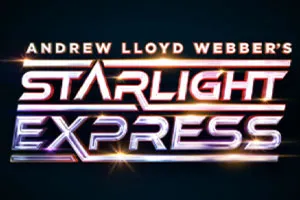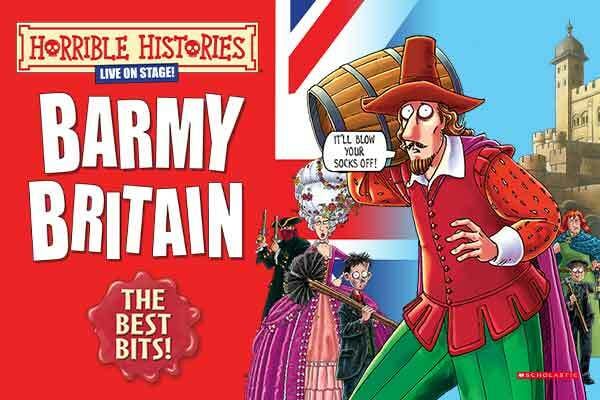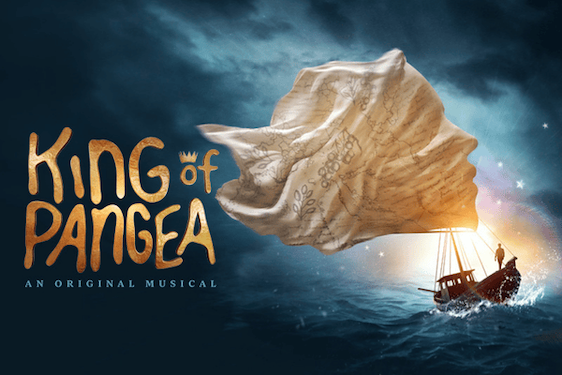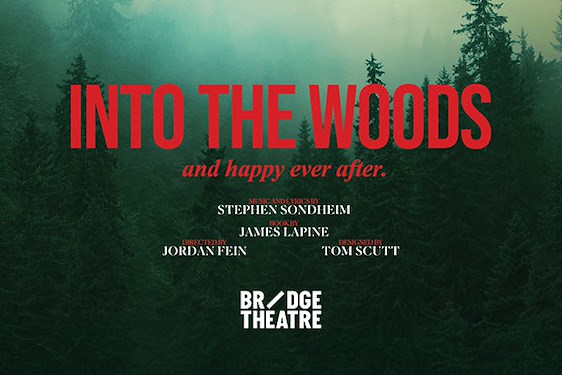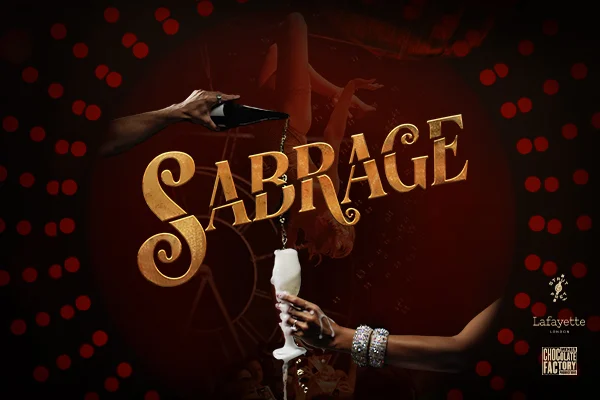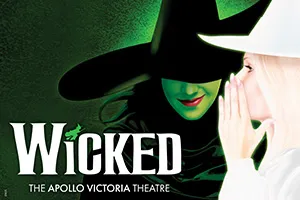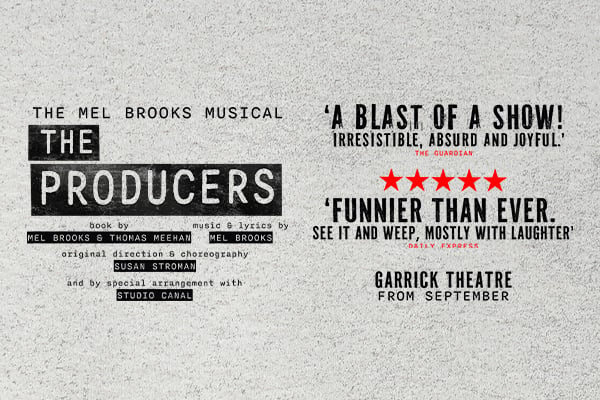Autumn in Edinburgh can only mean one thing: the Fringe is finally over. For some, that brings sweet relief—a mass tourist exodus, a moment of peace and quiet before the Christmas chaos kicks off, and a more generally accurate bus timetable. For others, there is something anti-climatic about walking into George Square Gardens and not being able to find a single macaroni and cheese food truck. Not one!
Whether you live in Edinburgh or travelled here for a jam-packed weekend of culture, comedy, and craft beer, you can’t deny that the Festival Fringe is a completely unique experience. Every year it seems to grow bigger, attract more performers and become more expensive. Those who attend as audience members are often completely exhausted running from show to show, staying up late and choosing between the overwhelming quantity on offer. But what about the performers? What you experience for one weekend, they experience for a full month. To the audience they are minor celebrities, but putting on a show at the Fringe is so much more than just getting up on stage every night. We reached out to some of our favourite acts this year to get the low-down on what it takes to give up your August to the Fringe.
Our participants travelled from as nearby as London, as far as Canada, Australia and even further afield. They ranged from established acts like Foil, Arms & Hog in their 11th year at the Fringe; groups like Harry & Chris in their first transition from free to paid Fringe; complete newbies like Sam Anderson with Bi-Cycle and internationally successful acts who felt it was time to try out the biggest theatre festival in the world, like Rebecca Northan’s Blind Date. Some had spent years perfecting and developing their show, while others intentionally brought a work in progress in hopes of having a gold standard piece by the end of the run. They all came from different backgrounds, tackled different genres with their storytelling, and had different goals, but were united by a common theme—the Fringe beckoned to them, and they answered the call.
Whether you’re as green as grass or an old hack, money is almost always the biggest obstacle to putting on a show at the Fringe. Some, like Camdram’s Rust, were lucky enough to have University backing, while others shared accommodation with as many flatmates as they could fit to cut costs. Northan told us about the frustration her team felt knowing that even if they sold out every show they still wouldn’t break even. They held onto the mantra, “This is an investment in the future of the show”. Dreamgun’s Stephen Colfer admitted to not initially knowing how to find accommodation, let alone pay for it, while Sean Finegan of Foil, Arms & Hog pointed out that applying for venue space doesn’t always feel like an even playing field. New acts put a lot of time and effort into presentation packs, unaware that a lot of the key spaces have been offered to performers with high ticket sales, or pre-emptively set aside by the venues the year before. Although it is a cultural event, there’s no denying that at the Fringe money talks.
The common theme across performers who had done any research was that they knew to keep their expectations low. This meant that some acts had to get used to the idea that selling out in other markets wouldn’t necessarily equal success in Edinburgh. Colfer remembered having his expectations blown out of the water when their first Friday show was almost sold out, then brought crashing back down again after only eight seats were filled on the Sunday. “Not every day in Edinburgh is the same day,'' he explained. Neil O’Rourke, a London-based comedian, spoke about his initial disappointment going back to normal life after his first Fringe run and feeling like nothing had really changed. Meanwhile Finegan pointed out that you really notice how your own act has improved in comparison to performers who skipped the Fringe.
Now for a classic pros and cons list. Gobby’s Jodie Irvine said that being approached by audience members who got something out of her one-woman play “makes it all feel worth it.” First-time Fringers, like Josephine’s Tymisha Harris, were pleasantly surprised by having “such warm, receptive audiences.” Harry Baker, one half of Harry & Chris, points out that it’s “a chance to play to audiences who might not otherwise come out to see you,” a sentiment Colfer shares and takes one step further with his belief in the potential of the Fringe. Considering Dreamgun connected with Dara O’Briain after he sat in on one of their Fringe shows, it’s easy to be inspired by this idea.
Besides the financial aspect, performers didn’t particularly enjoy flyering, the tight turnaround between shows or the constant comparison (both internal and external) to other shows. Northan mentioned how the festival atmosphere can “seduce you into thinking you’re on vacation”, leading performers to stay out partying and then regret it at showtime the next day. Finegan talked about the Fringe being “a week too long”, suggesting that most performers have achieved everything they’re going to achieve by the end of week three.
The reviewing process can be a touchy subject (on both sides), but many performers felt their shows had been fairly critiqued. The main concerns were that if only one reviewer makes it to a performance then their opinion is unfairly weighted, while several publications can paint a more balanced overall picture. Both Colfer and Northan were slightly frustrated by the fact that some critics are wary of recommending a show that changes from night to night, instead of judging it purely by the talent shown on stage. Finegan remembered a critic who gave a particularly harsh review on a night that Foil, Arms & Hog got a standing ovation, musing that reviewers should take the surrounding audience’s experience on board alongside their own. The fact that anyone can review a show is positive in many ways, but can also lead to spoilers and audience confusion.
Despite any objective flaws in the system, everyone we spoke to would be happy to return to the Fringe. Some are looking forward to a break, while others automatically black out August in their calendars. Financial and mental health concerns rank high as possible deterrents, but the “mystical allure” of the Fringe, as Colfer calls it, will keep artists coming back for more. Their ambitions are more focused on improving their acts and moving to slightly bigger venues than any claims to fame, although Finegan admits that Foil, Arms & Hog brought suits their first year at the Fringe, just in case any awards came their way. Besides lessening costs, a few participants also suggested banning flyering as a way to improve the overall experience. Complaints include; the impact on the environment, audience fatigue and the fact that no one seems to know for sure if they actually work!
And finally, the most important part—a message to all future participants from those who have been there, done that! Colfer advises you do your research and not hold back for fear of looking stupid, because “no one knows how the beast works.” Northan advises you to really think about why you’re doing it and what you want to get out of it, while Baker concurs that you should “take it slow” by starting with the free Fringe. Anderson recommends running the show by your harshest critic (in this case, his parents), and Harris suggests developing and testing your show in other markets before the Fringe. The Shakespeare: Reloaded team advise that you “eat well, and value every hour of sleep”, which O’Rourke sums up by insisting you “put yourself before your show.” In conclusion, as Finegan so eloquently puts it: “It’s great. It’s hard work, you'll get really sick, you'll lose weight, but it’s so, so worth it.”






